My first blog entry was about Gail van der Hoof, who is known as one of the forces behind the ground-breaking quilt exhibit at the Whitney Museum in 1971. Now it’s time to tell you about the other half of that partnership, Jonathan Holstein. As a refresher, the exhibit they mounted, Abstract Design in American Quilts, at New York City’s Whitney Museum of American Art, is credited with taking quilts from the bed to the wall as a form of art to be appreciated not for warmth but for artistic qualities such as form, color and design. You can read a fleshed-out version of the Holstein/van der Hoof collecting and exhibit story, along with more info about his life at the bio link below.
Today, I want to go to a museum—at least in my mind—and think about art. Having repeated the conventional view of the Whitney exhibit, I wonder how accurate it is. Haven’t there always been quilters who saw their work as art? Remember last week when we talked about Rose Kretsinger’s designs? Surely, she was applying the principles of form and design that she learned at the Art Institute of Chicago. As did Bertha Stenge, another Hall of Fame Honoree who studied at the San Francisco School of Art. Take a look at the center of one of Stenge’s quilts, Gazelle, and see if you don’t recognize the Art Deco elements. Or The Spectrum, which was another quilt artist’s entry to the 1933 Sears contest at the Chicago Worlds Fair, which certainly shows color, form and line.
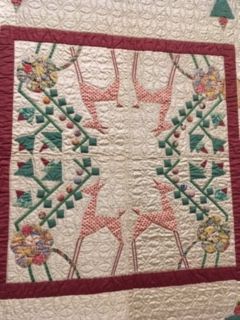
International Quilt Museum
Author’s photo
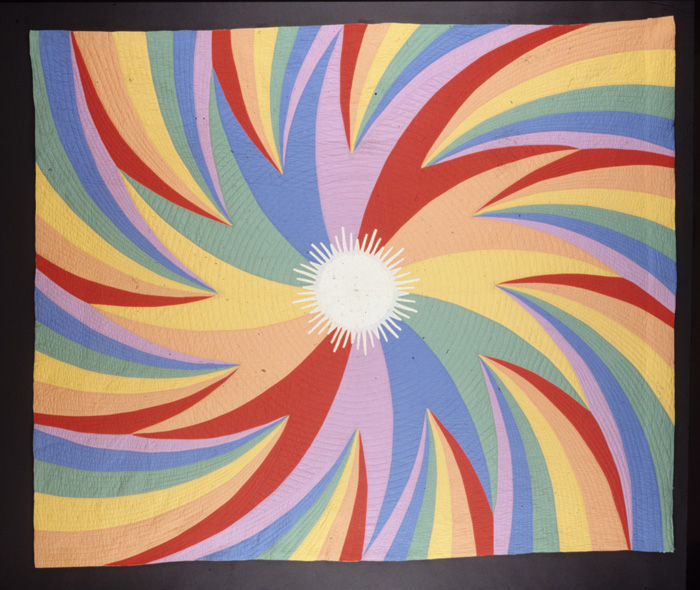
From Waldvogel Archival Collection, Sears Quilt Contest 1933
Chicago World’s Fair. Published in The Quilt Index,
http://www.quiltindex.org/fulldisplay.php?kid=5B-9D-C. Accessed:
08/30/2020
I would say that the artistic element could always be found in at least some quilts, but it took a Jonathan Holstein to make the art world –and not just the quilting world–aware of it. So, what was special about the Whitney exhibit that makes us say (properly) that it was the beginning of quilts being seen as art? For a scholarly analysis, I read Karin Elizabeth Peterson, cited below. Peterson makes the interesting point that it’s the whole museum experience that transformed quilts into art. First, it’s the venue in which the quilts are displayed. She says, “Museums can be understood as places where quasi-sacred rituals take place. Rituals that define legitimate objects, legitimate artists and legitimate viewers…. Museum space facilitates an art-for-art’s sake experience by employing a series of architectural and display cues: isolated rooms, small labels, white walls, spotlighted pedestals, space to stand back from works and grasp their effect…. The museum, which is structured to appear neutral, objective and disinterested, privileges a special way of viewing objects within its walls.”
The other aspect Peterson notes is Holstein’s discourse about the quilts. For example, when he “pitched” the exhibit to the Whitney staff, he presented slides of the works, just as he would have done with his photographs. In titling the exhibit, he carefully chose wording that would make a connection to the world of abstract art. And when he wrote the catalog and promotional materials, he was careful to write about quilts as he would any other work of art: not focusing on workmanship, but using phrases like “sensibilities and visual skills of the artist”, “laying on colors and textures”, “a traditional American approach to design, vigorous, simple, reductive”. (1971 Exhibit catalog)
So, here’s the takeaway: Art is seen at the art museum, not the local school gym. And if you’re going to call it art, you have to use art jargon. Sounds simplistic and a bit cynical, but that’s just what Jonathan Holstein did, and he was successful with it. The quilt world hasn’t been the same since.
There were other “art” exhibits after the Whitney: in 1972, American Pieced Quilts, opened at the Renwick Gallery of the National Collection of Fine Arts in Washington, D.C. (this exhibit traveled to twenty-one American museums and two English venues under the auspices of the Smithsonian Institution Traveling Exhibition Service (SITES); in 1975, there was an exhibition for the Shiseido Corporation in Tokyo and the American Cultural Center Kyoto, the first show of American quilts in Japan; the following year, another exhibit was mounted at the Kyoto Museum of Modern Art.; and in 1980, Amish Quilts, from Pennsylvania and the Midwest, was seen in ten museums in the United States.
Holstein is also the author or co-author of several books, all of which are in the Quilters Hall of Fame collection and available for purchase on the open market.
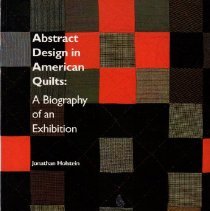
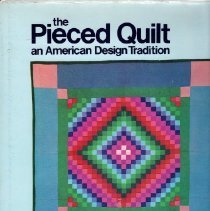
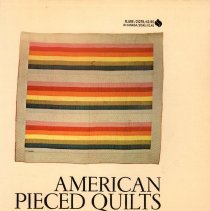
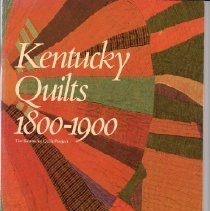
In 2003, the entire Holstein/ van der Hoof collection of quilts and ephemera was donated to the International Quilt Museum in Nebraska. It was then valued at around $2.2 million—not bad for collectors who had initially set themselves a $36.00 limit when buying a quilt. There’s a link below to a charming video of Holstein reminiscing about the first Amish quilt he purchased—for $5.75! There’s also a link that will give you access to all of the quilts now in the IQM, but I’ve put in a few here as a teaser.
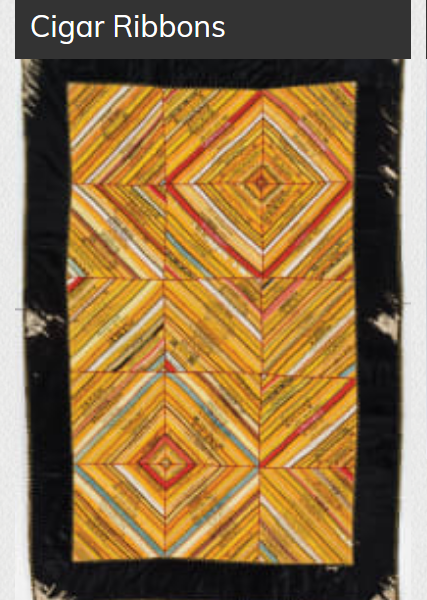
the Collection, and this goes in the
same era. Holstein probably chose
this for its off-center focus.

Collection because of the almost vibrating green next to purple
and the triangles surrounding the center diamond.
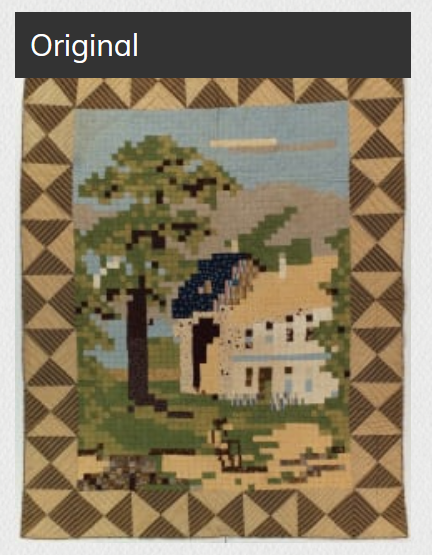
Pictorial images don’t fit with abstract art.
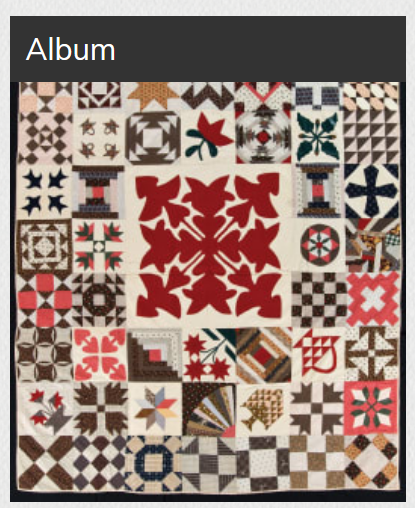
one? I like the limited palette, but samplers
aren’t typical of the Collection.
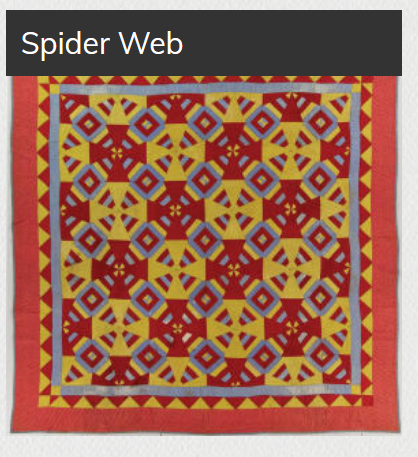
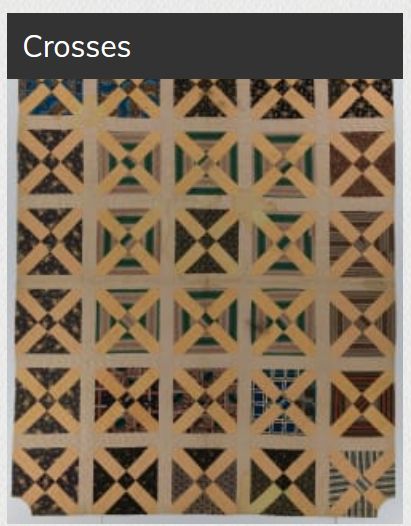
These two are graphic, and I think I can recognize what must have drawn Holstein to them.
OK. You’ve seen my choices. When you have time, take yourself to the International Quilt Museum and pick out your own favorites from the Collection. Let me know what you find, and what strikes your fancy; leave a comment at the end of the blog. And if you have lots of time, you might also enjoy hearing Jonathan Holstein walk you through an exhibit that was shown at the IQM called “Quilts in Common”. (link below) There are a few quilts from his Collection, but the exhibit format was comparing pairs of related quilts. Holstein’s artist’s eye, which first got quilts on the Whitney walls, is well worth looking through as he talks about these quilts. And he shares some stories and photos which are a funky and fun view of his early buying days.
After I’ve written something like this, I find myself thinking “What if??” and recognizing how much I don’t know. What if I had studied design or trained to be a museum curator? What if I had chosen, as Jonathan Holstein did, to center my professional life around quilts? Well, I didn’t, so I can just be grateful that Holstein was on the scene when he was, and that he continues to be active in the quilt/art world today.
Your quilting friend,
Anna
Biographical info https://quiltershalloffame.net/jonathan-holstein/
Karin Elizabeth Peterson, “Discourse and Display: The Modern Eye, Entrepreneurship, and the Cultural Transformation of the Patchwork Quilt,” Sociological Perspectives. Vol 46, Number 4, 2003
First Amish quilt https://www.youtube.com/watch?v=A8vD8UhoBBM
Holstein quilts at International Quilt Museum https://www.internationalquiltmuseum.org/collections/search?title=&field_quilt_primary_pattern_tid=All&field_quiltmaker_value=&field_quilt_geo_origin_country_tid=All&field_quilt_geo_origin_state_reg_tid=All&field_quilt_predominant_techniqu_tid=All&field_quilt_object__value=&field_quilt_collection_tid=8024&field_quilt_date_range=&field_cultural_group_tid=All&combine=
Quilts in Common lecture https://www.youtube.com/watch?v=HUs5m7AqvOY


